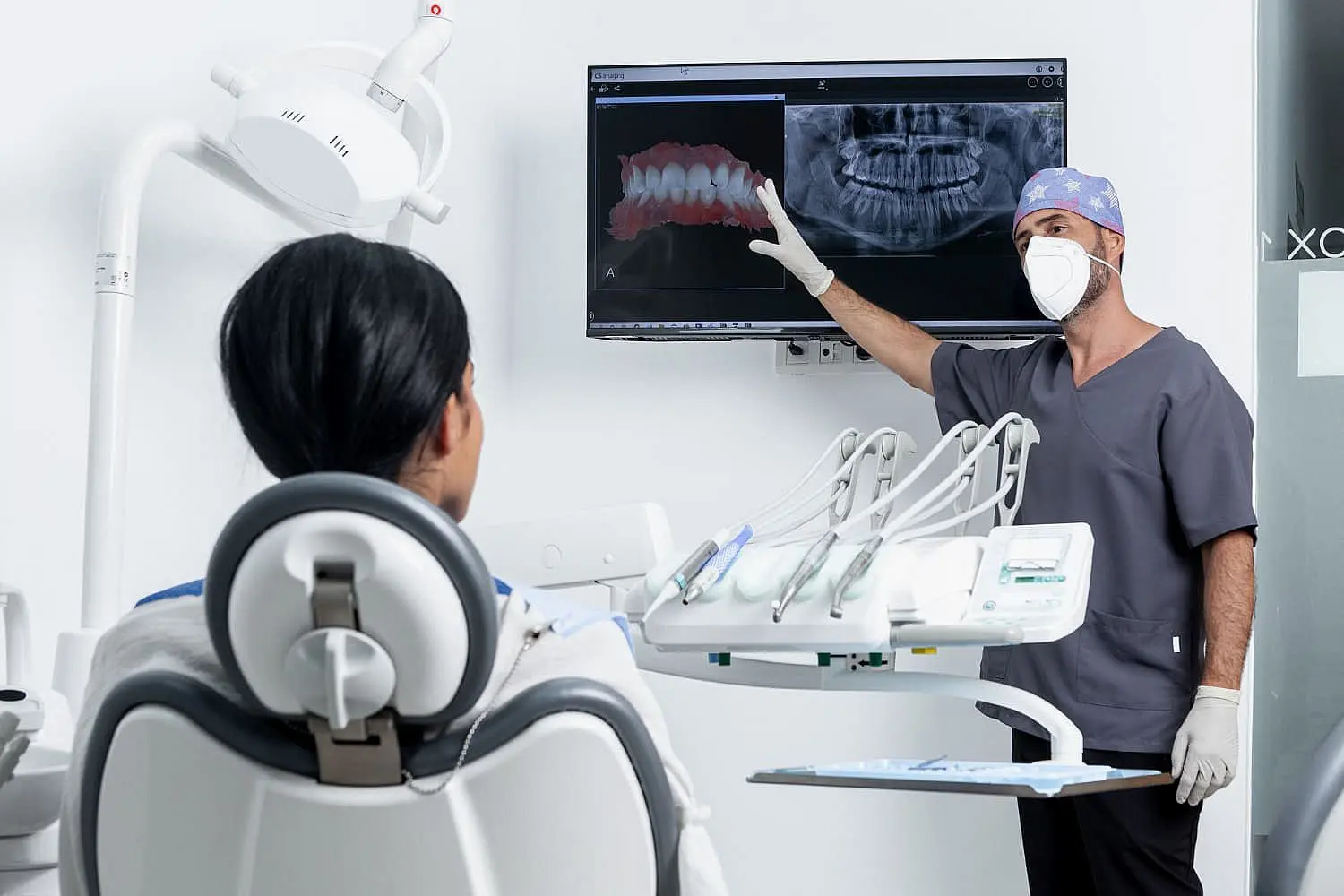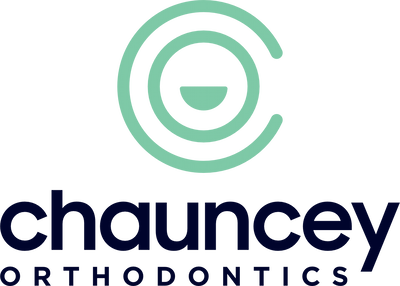Purpose of Jaw Surgery
Jaw surgery addresses both functional concerns and cosmetic issues for those experiencing jaw irregularities. It often acts as a vital step toward improving dental health and efficiency.

Improving functionality
Enhancing appearance
Importance of Jaw Surgery in Improving Oral Health and Facial Aesthetics
The Role of Jaw Surgery in Oral Health
A misaligned jaw can disrupt everyday activities and lead to long-lasting dental health issues. Jaw surgery helps correct:
The Role of Jaw Surgery in Facial Aesthetics
Aligning the jaw plays a crucial role in achieving facial harmony. Jaw surgery can lead to:
Common Conditions Requiring Jaw Surgery
Malocclusion Correction with Jaw Surgery
Malocclusion, commonly referred to as a “bad bite,” occurs when the upper and lower jaws are misaligned. Severe cases of misalignment often necessitate surgical intervention.
Types of malocclusion
Malocclusion correction can aid in chewing, speech, and ensuring better tooth alignment while preventing long-term complications. Types of malocclusion include:
Treatment methods
Addressing these concerns requires a combination of:
Obstructive Sleep Apnea
Sleep apnea, especially obstructive sleep apnea (OSA), occurs from airway blockages during sleep that interrupt breathing and lead to inadequate rest. For severe cases, jaw surgery can be an effective solution.
How jaw surgery helps OSA
By adjusting the upper and lower jaws, the airway expands, addressing breathing issues at their source. Benefits include:
Surgical techniques
Jaw surgery for sleep apnea offers a lasting treatment, improving overall health while reducing risks linked to untreated OSA.
Enhancing Facial Aesthetics through Jaw Surgery
Jaw surgery enhances both function and appearance. By repositioning the jaw, significant facial balance and harmony can be achieved.
Benefits for aesthetics:
Through precise adjustments, this surgery leaves patients with improved structural harmony while addressing both health and cosmetic objectives.

Preparing for Jaw Surgery
Preparation is essential for ensuring a successful procedure. Patients undergo assessments, orthodontic work, and planning to secure optimal outcomes.
Consultation with Oral and Maxillofacial Surgeon
Your surgeon will evaluate your dental and facial structure and discuss the detailed procedure.
Orthodontic Treatment: Aligning Teeth Before Surgery
Braces may be required to position the teeth correctly before surgery.
Follow Pre-Surgical Instructions
This may involve dietary changes, ceasing certain medications, and other health considerations.
Recovery and Aftercare
Following your surgery, proper recovery plans are vital to achieving the best results. Adhering to guidelines ensures quick recovery and long-term success.
Post-operative pain management

Dietary restrictions and oral hygiene

Follow-up appointments

Physical therapy and rehabilitation

Risks and Complications of Jaw Surgery
While jaw surgery is very effective, like all procedures, it comes with risks. Possible complications can include swelling, infection, or nerve sensitivity. Careful planning with experts such as Dr. Tate Chauncey can help avoid these risks and ensure a smooth process.

Rehabilitation Exercises
Potential risks can include minor discomfort, swelling, or bleeding. These may arise from various factors such as existing conditions and individual healing responses.
Thorough discussions with your surgeon about the procedure, possible complications, and aftercare is crucial for a smoother recovery and reduced likelihood of adverse effects.
Conclusion
Jaw surgery, or orthognathic surgery, is vital for correcting jaw and facial misalignments, offering both functional enhancements and improved aesthetics. It extends beyond cosmetic benefits, addressing significant health and quality of life issues.

Importance of jaw surgery

Benefits of jaw surgery

Future advancements in jaw surgery
Innovative research is advancing the field, improving patient outcomes:

